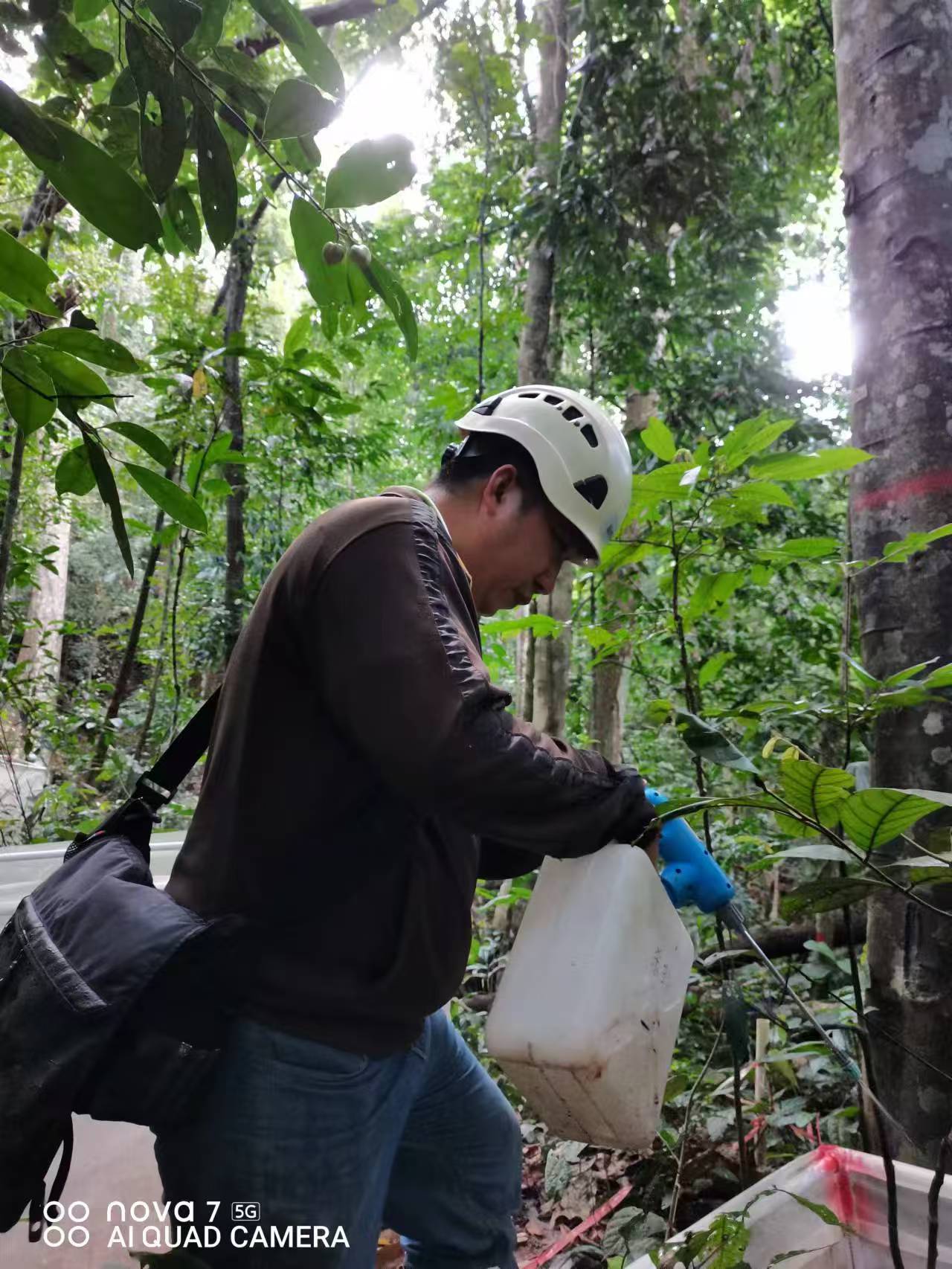A study published in New Phytologist by researchers from the Xishuangbanna Tropical Botanical Garden (XTBG) of the Chinese Academy of Sciences has synthesized decades of research through a global meta-analysis, revealing the complex and varied effects of fungicides on wild plant at species and community levels. The researchers conducted a systematic literature review and meta-analysis of published manipulative experiments involving fungicide treatments. By examining data from 369 experiments across 62 scientific papers, they demonstrated that fungal pathogens play a critical role in maintaining plant diversity.The analysis showed that fungicide application significantly improved native plant species survival and increased overall community biomass. In contrast, it led to a decline in plant community diversity—an effect similar to that observed when vertebrate herbivores are excluded. Surprisingly, no significant overall effect on plant growth was detected, despite clear benefits to survival and community productivity.The large variation in fungicides' effects on plant growth is likely because plant species differ in their accumulation of both pathogenic and beneficial fungi (e.g., mycorrhizae). Furthermore, commercial fungicides vary in their specificity toward different fungal groups, which may also affect the results. The limited response observed in non-native species—though based on a small sample—aligns with the hypothesis that these plants experience reduced pressure from local fungal pathogens. Additionally, the study found no consistent support for the Latitudinal Biotic Interaction Hypothesis (LBIH), which posits stronger species interactions in tropical regions. The effects of fungicides did not vary with latitude.Overall, the results underscore the essential role fungal pathogens play in sustaining natural plant community diversity. The increased survival and biomass observed following fungicide use indicate that, on average, pathogenic fungi exert stronger suppressive effects on plants than the benefits provided by mutualistic fungi.The researchers advocate for further studies to address major geographical data gaps, standardize experimental methods for better cross-study comparisons, and incorporate molecular techniques to clarify how fungicides influence both target pathogens and non-target beneficial fungi.

A researcher conducts fungicide treatment in Xishuangbanna. (Image by SONG Xiaoyang)
First published: 02 September 2025
|

